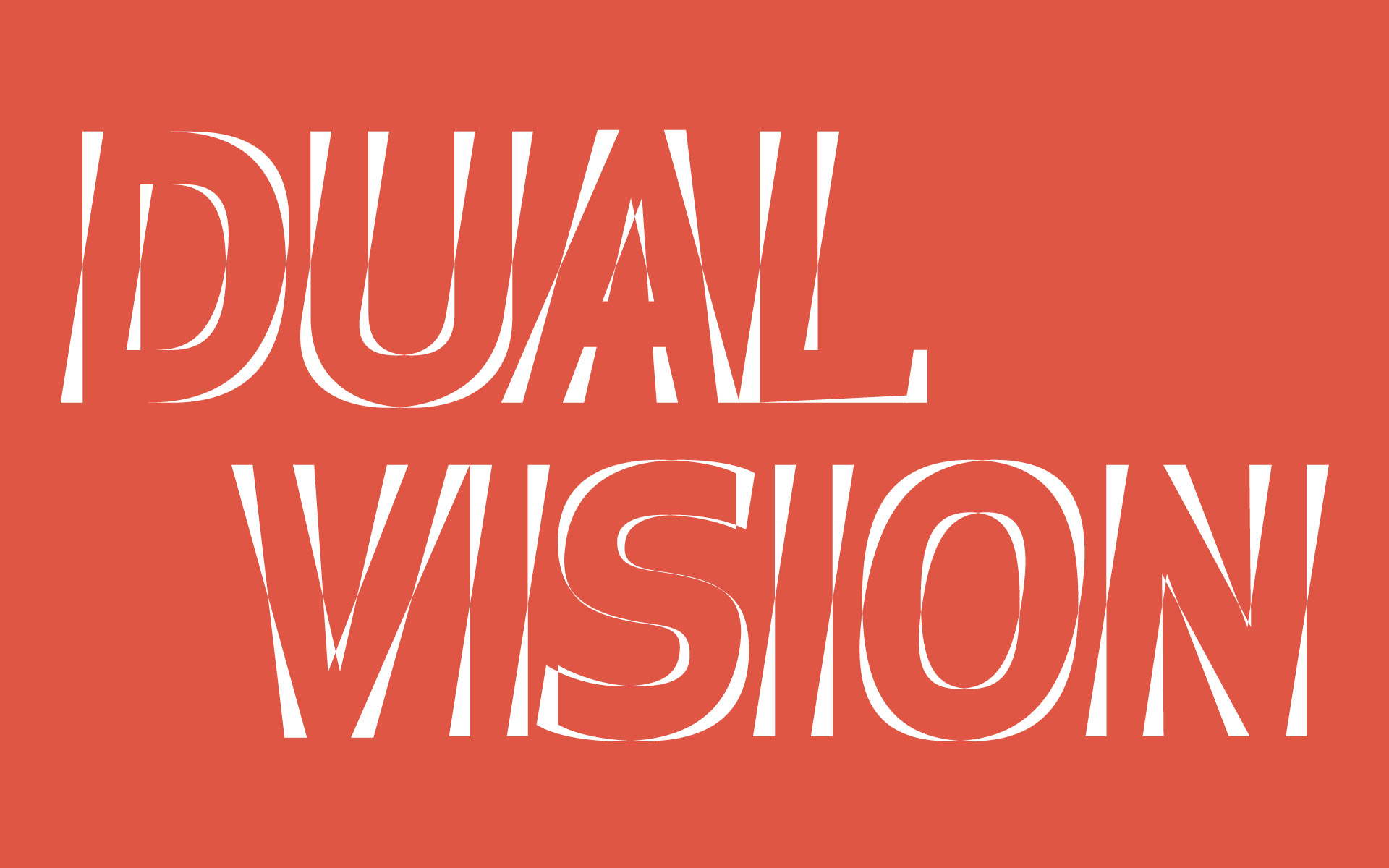DUAL VISION: ARTISTS

DUAL VISION
NANCY MITCHNICK + JOHN CORBIN
Untitled, 2021
Mixed media
John Corbin: Nancy Mitchick proposed our working together on the Dual Vision exhibition by way of tackling the Periodic Table of Elements. I have always been interested in constraints placed on artists as a means to freeing up creativity that might otherwise go untapped. This was a perfect opportunity to dive into the world of the unseeable, atoms, protons, neutrons and most excitingly electrons. There were many conversations between the two of us on how atoms from the table are visually perceived, this led to research into just what makes up the physical existence of each atom. We both came to the project from art backgrounds with the kind of interest in science that a scientist might have about visual art. Like any good table tennis match there was quite a bit of volleying between the two of us. Questions arose about how to visually express a neutron, proton, or electron. Our collaboration coalesced around expressing in a visual form something that cannot be seen visually without the most advanced technological instruments.
Nancy Mitchnick: I have always liked just the idea of the periodic table . . .I am a very disorganized person and admire order anywhere I can find it (. . .I can’t remember in which science class it was revealed to me….but I remember my mother bringing it up a few times . . .she liked encyclopedias and had studied biology. The charts drew me in just because of the colors . .)
I bought a book about the elements recently. Then acquired a few more as well as a large chart that hangs in my kitchen. I felt very drawn to the beauty and simplicity of this beginning of our universe.
I was also kind of tired of doing what I ‘ve known how to do for so many decades in my studio.
I started making small drawings of a few atoms . . I didn’t look on- line. I Used a book and counted the shells and the electrons in each shell . .. I confused orbitals with shells for awhile . . .
The drawings were not proper charts. They were like energy flashes. I wish I could say fields, but they were more like loose loops . . .and I counted the neutrons and protons very carefully and got the electrons nice and random in each shell. I love the Bohr model, but knew there was more velocity going on.
No one can see Atoms of course. And Scientists never really know where the electrons are. They sort of accurately guess. The process has to do with atomic weights and advanced mathematics.
I drew the line at molecular structures, it was just too exciting.
I have had a great desire for my work to change. For now I want to work with what cannot be actually seen.
When Kathryn Brackett Luchs told me about this collaborative project I could not imagine what was possible, given my normal range. I asked John Corbin to join this quest. Our work is wildly different, but I have always loved his work. We have been friends for close to forty years. It has been a lively conversation.
When she was looking for a venue MOCAD become involved. Lucky for us.
ARTISTS
ROBERT SESTOK + KURT NOVAK →
JIM CHATELAIN + STEVE FOUST →
AMELIA CURRIER + JOHN EGNER →
KATHRYN BRACKETT LUCHS + MICHAEL LUCHS →
JOYCE BRIENZA + DEBORAH SUKENIC →
SIMONE DESOUSA + TIM VAN LAAR →
JULIA CALLIS + JOSH KOCHIS →
NANCY MITCHNICK + JOHN CORBIN
CARLO VITALE + ED FRAGA →
NICOLE MACDONALD + CARL WILSON →
BETTY BROWNLEE + CRISTIN RICHARD →
GISELA MCDANIEL + MARTHA MYSKO →
TONY RAVE + TYLONN SAWYER →
NOUR BALLOUT + CYRAH DARDAS →
RASHAUN RUCKER + MARIO MOORE →
BREE GANT + CHERISE MORRIS →
TYANNA BUIE + CHELSEA A. FLOWERS →
SABRINA NELSON + LEVON KAFAFIAN →
STERLING TOLES + NATE MULLEN →
ADAM LEE MILLER + NICOLA KUPERUS →

